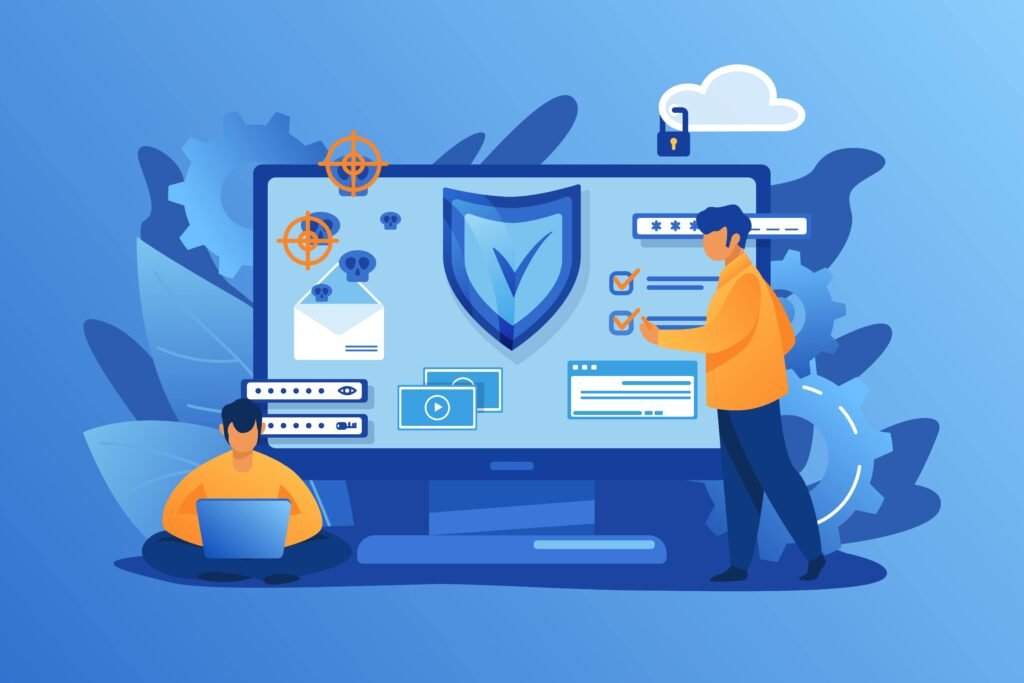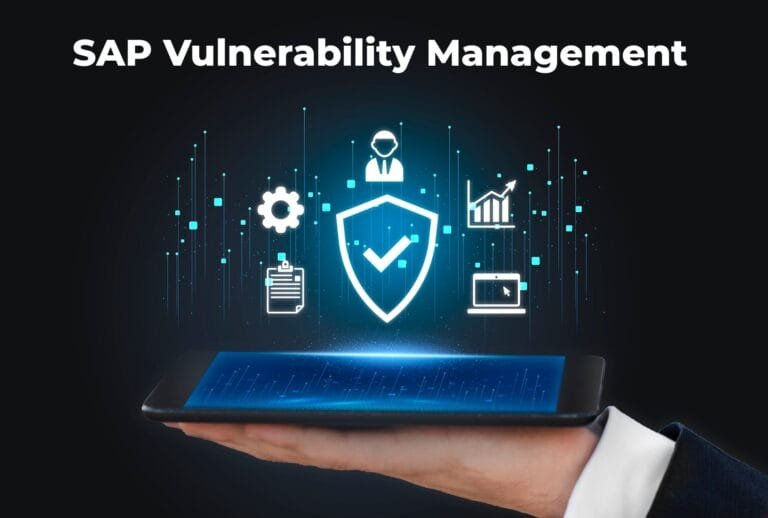Why Is It Important To Identify Potential Insider Threats?
Like a thief with the blueprints, an insider threat is someone inside the company who could cause trouble. These are people like employees, past employees, or even people who do work for the company but aren’t official staff. They could do serious damage because they know the company’s security system, data, and computers. This damage could cost the company a lot of money, make people not trust the company anymore, and even stop the company from running smoothly.
So, how can you stop this from happening? Well, it’s important to identify these potential threats early on for a few reasons. First, we can prevent them from accidentally or even purposely messing with the company’s data or computers. Second, if something does happen, we can catch it quickly and fix it before too much damage is done. Finally, by understanding these threats, we can create even better security rules and teach everyone in the company how to be more aware of security risks.
we’re going to take a closer look at why it’s so important to spot these insider threats early on. We’ll break it down into smaller pieces:
- The High Risk of Insider Threats
- types of insider threats
- How data loss prevention protects against insider threats
- What are the Potential Risk Indicators of an Insider Threat?
- 8 reasons you need to identify potential insider threats
By going through these steps, you will build a strong understanding of why catching these insider threats early is so important.
The High Risk of Insider Threats
Imagine someone you trust with a key to your house suddenly decides to steal your stuff. That’s kind of like an insider threat in a company.
Unlike outsiders who try to break in, insiders already have the key (access) because they work there. This makes it harder to catch them because they seem legitimate. They know where the valuables are (important data) and might even know how to bypass security.
There are two main types of insider threats:
- Malicious Insiders: These people might steal information to sell or hurt the company, damage its systems, or even spy for competitors. Their motives could be money, revenge, or something else.
- Malicious Insiders: These are people who don’t mean any harm, but might click on a fake email scam, use weak passwords, or accidentally bring a virus into the company. Even though they don’t mean it, these mistakes can still cause big problems.
The more information companies collect and the more complex their computer systems become, the bigger the risk of insider threats. Now that more people work from home on different devices, it’s even easier for these threats to happen.
That’s why it’s so important to identify these potential threats early on. The next sections will talk about how to find these threats, stop them from causing problems, and make everyone in the company more aware of security risks.
How Data Loss Prevention Protects Against Insider Threats?

Imagine you have a box full of important documents at work. Data Loss Prevention (DLP) is like having a security system for that box. It helps you to make sure no one loses those documents, uses them for the wrong reasons, or looks at them without permission.
DLP works in a few ways:
- Finding the important stuff: It identifies sensitive documents, like financial records or customer information.
- Keeping track: It watches how those documents are being used.
- Putting up roadblocks: It can stop people from sending those documents outside the company, no matter how they try – email, cloud storage, even a USB drive.
By keeping an eye on things, DLP can catch suspicious activity. For example, if an employee tries to take a bunch of important documents all at once, DLP might raise a red flag because it could be a sign of someone trying to steal information.
What are the Potential Risk Indicators of an Insider Threat?
Some warning signs might point to an insider threat. These can be things people do or things that show up on the computer system.
Here are some examples:
- People acting weird: This could be someone who suddenly starts working late or early, strangely uses the internet, or tries to get around the company’s security rules.
- Computers acting weird: This could be things like someone failing to log in many times in a row, especially at odd hours, moving a lot of files around unexpectedly, or installing programs they aren’t supposed to.
- Someone going through a tough time: This could be someone who seems unhappy with the company, argues with coworkers a lot, or looks like they’re struggling financially.
It’s important to remember that these signs don’t automatically mean someone is a threat. But they are like red flags that someone should look into further.
8 Reasons You Need to Identify Potential Insider Threats
In this section we describe 8 reasons that you need to identify potential insider threats, so here we started!
- Protect Sensitive Data: This helps keep important information, like customer data or new inventions, secure from people who shouldn’t see it.
- Prevent Financial Loss: Insider threats can steal valuable information or mess up how the company works, costing a lot of money to fix.
- Maintain Operational Continuity: By catching these threats early, you can avoid disruptions that stop the company from doing its job.
- Preserve Reputation: If someone on the inside leaks your information, it can damage the company’s image and make customers lose trust.
- Compliance with Regulations: Some laws require companies to try and stop insider threats.
- Early Detection and Response: The sooner you find a threat, the less damage it can do.
- Inform Security Policies: Knowing these threats exist helps create stronger security measures for the company.
- Foster a Culture of Security Awareness: By looking for these threats, it remind everyone to be careful with company information.
In conclusion
In conclusion, finding potential insider threats early is super important for you. These are people who work at the company who might accidentally or on purpose cause problems. Because they’re trusted insiders, it’s harder to catch them.
But by finding these threats early, we can:
- Protect important information from getting stolen.
- Save money from things getting messed up.
- Keep the company running smoothly.
- Maintain a good reputation.
There are tools and tricks to help find these threats, and everyone in the company needs to be aware of security. As technology keeps changing, this will always be an important part of keeping the company secure online.
FAQs
Q: What’s an insider threat?
A: Imagine someone you trust with your company secrets suddenly decides to misuse them. That’s an insider threat – an employee, past employee, contractor, or partner who could cause harm.
Q: Why are they dangerous?
A: Insiders have trusted access to your systems and data, making them hard to detect. They can steal information, damage your operations, or hurt your reputation.
Q: How can I spot them?
A: Look for unusual behavior (working late at odd hours) or suspicious computer activity (downloading a lot of files). There are also tools to help detect these threats.
Q: Isn’t this about spying on employees?
A: No! It’s about protecting your company and its employees from harm. A strong security culture encourages everyone to be careful with company information.







